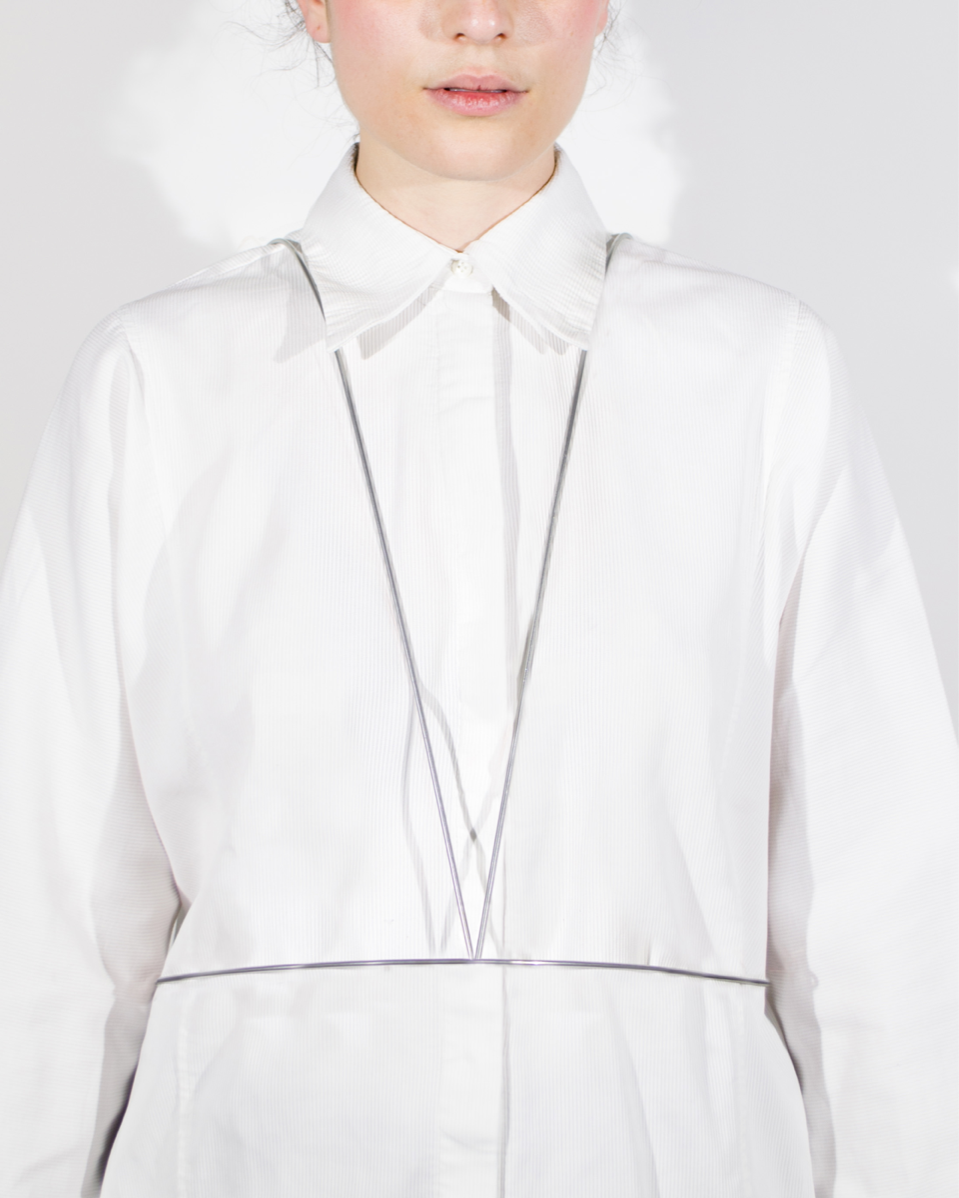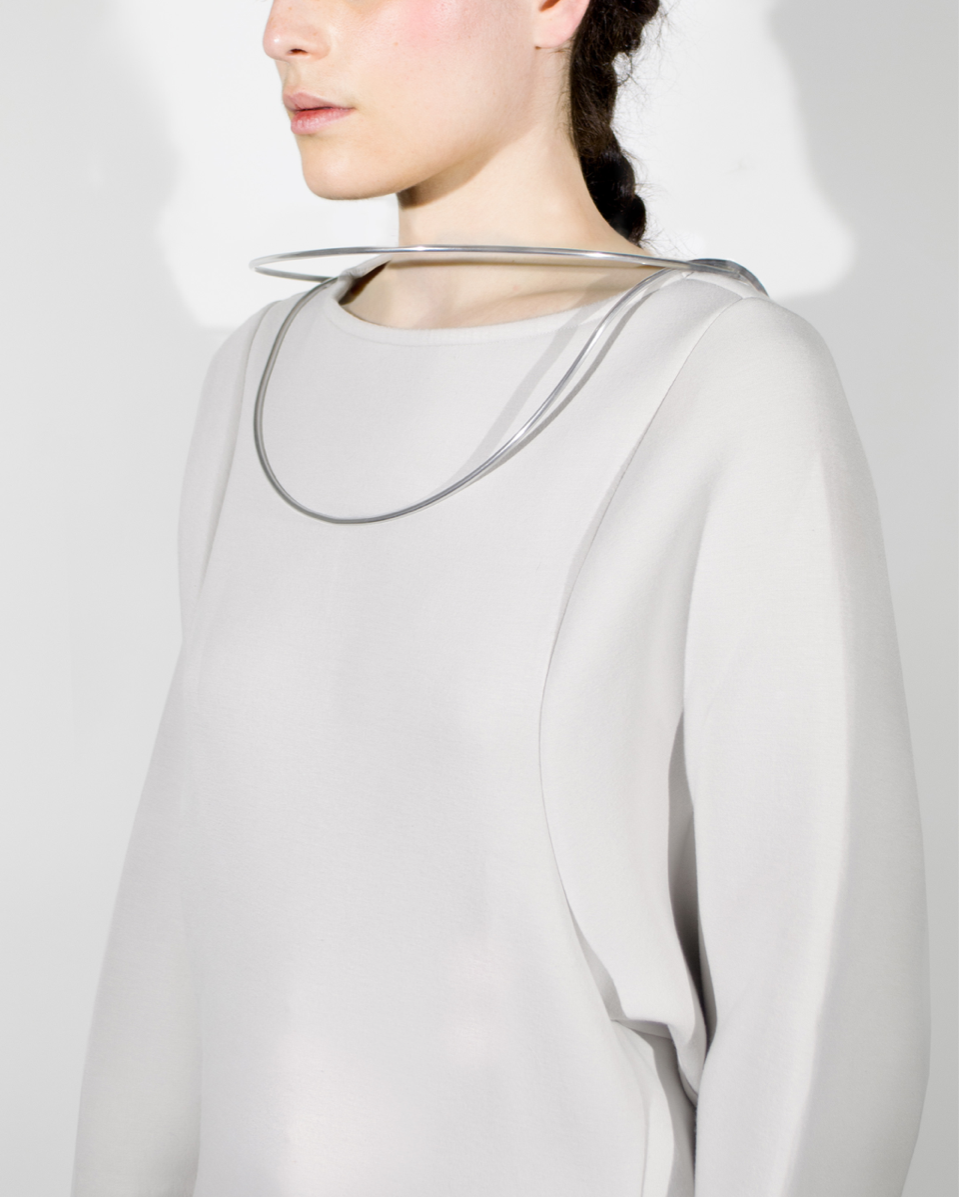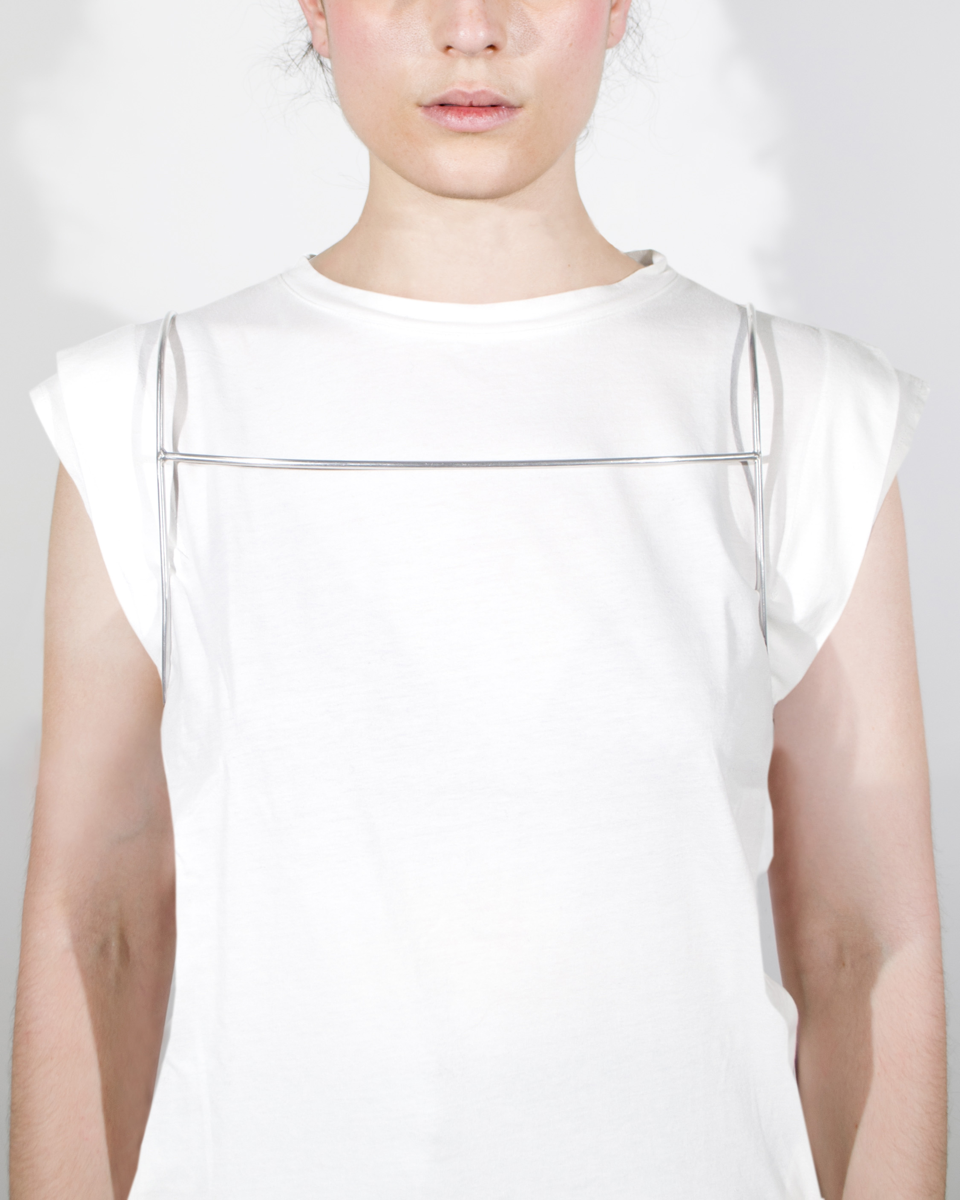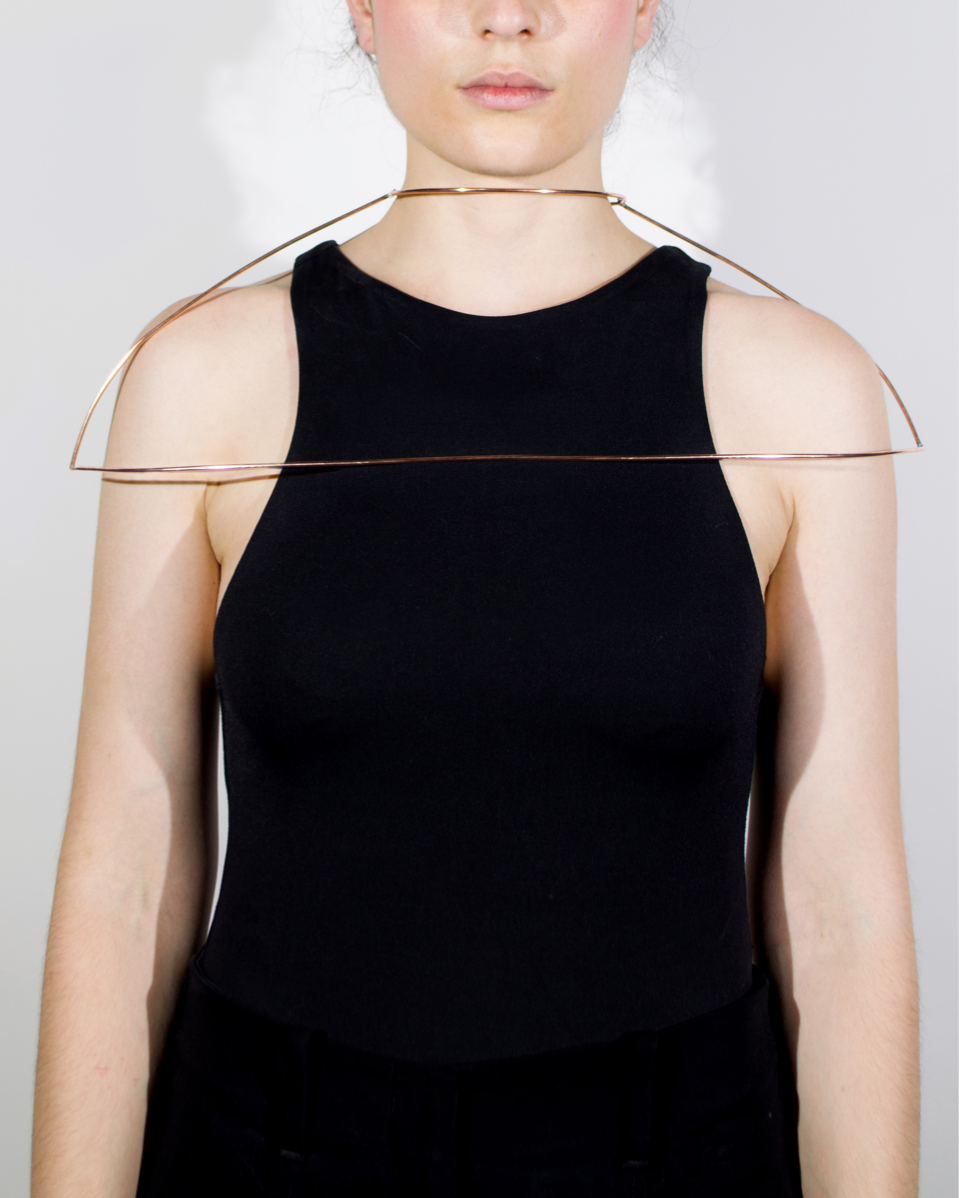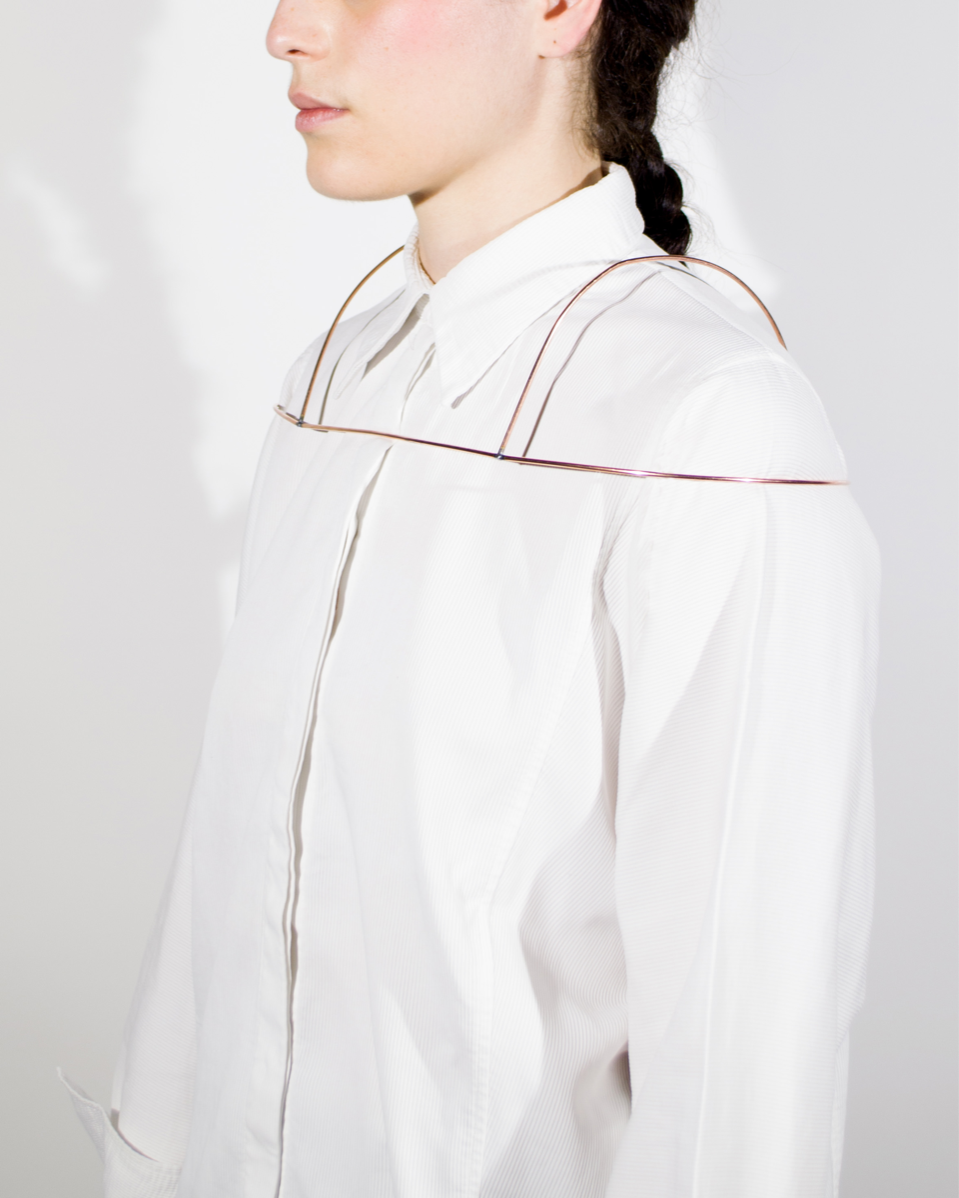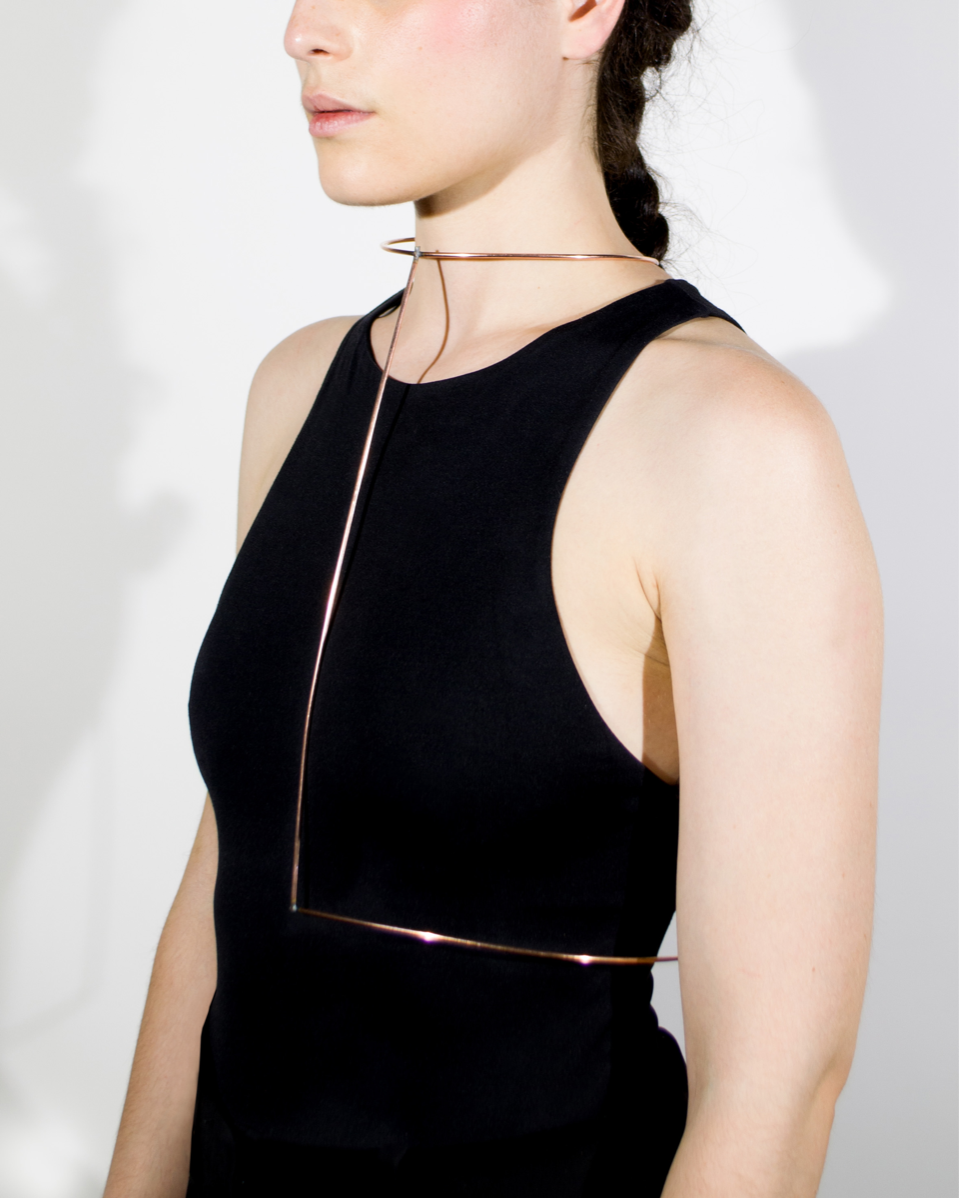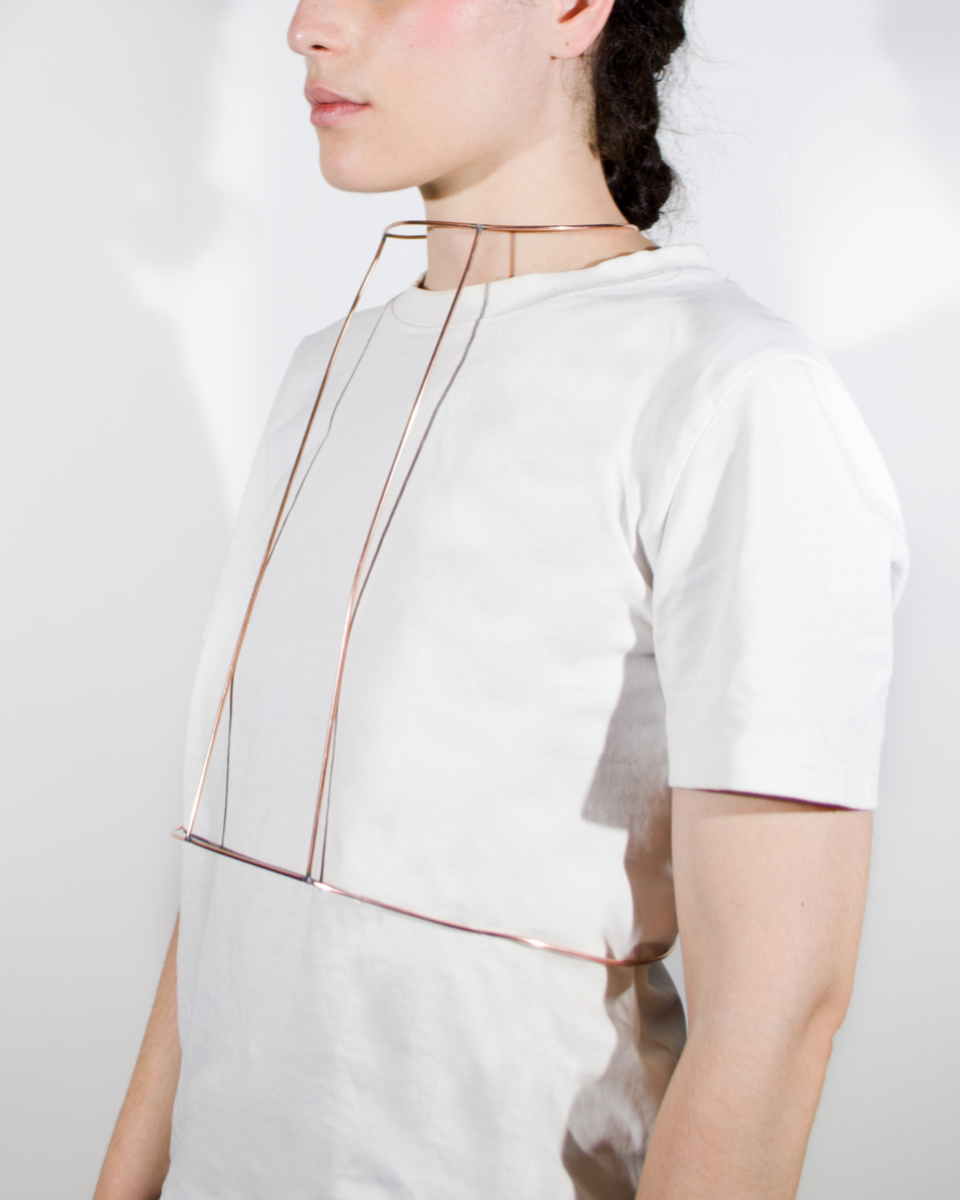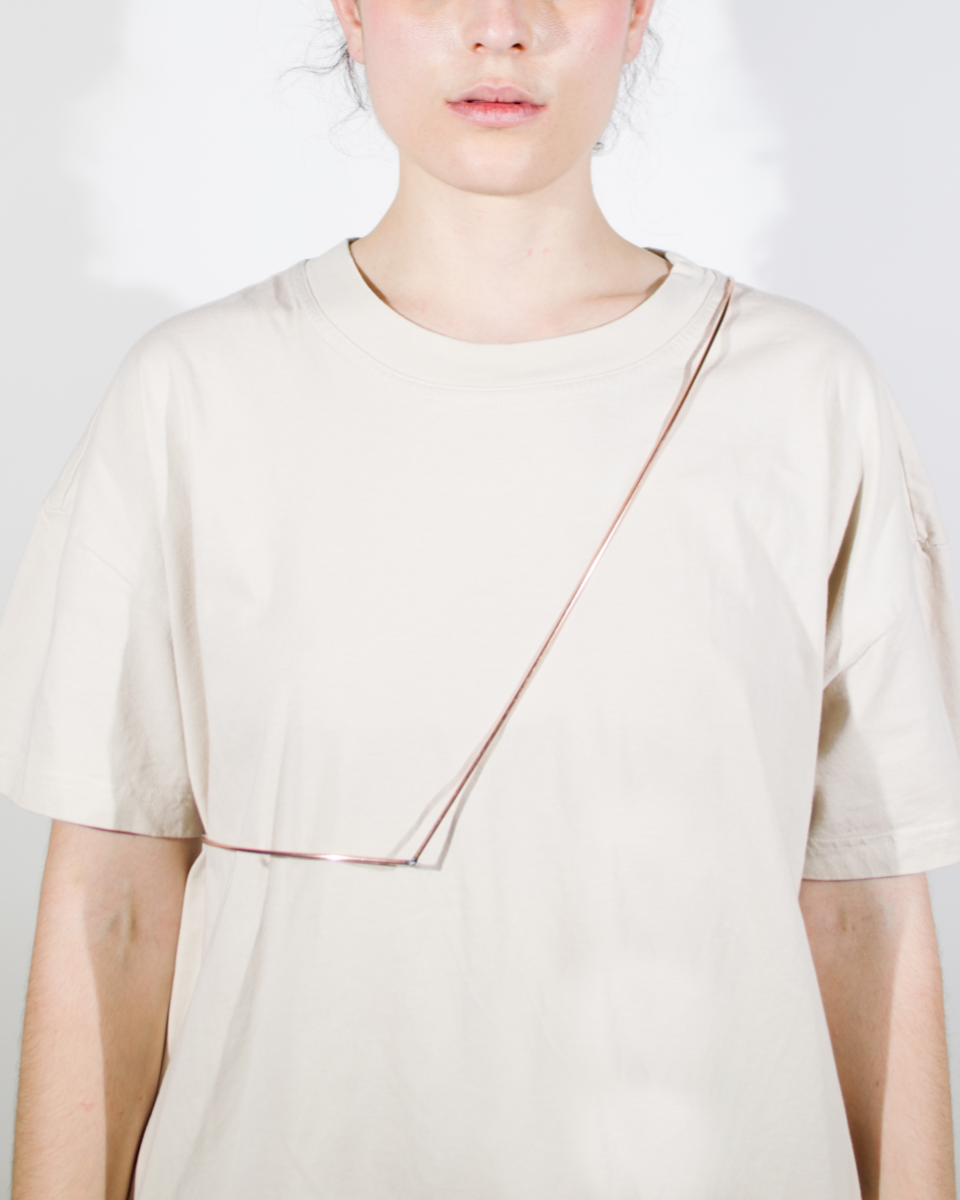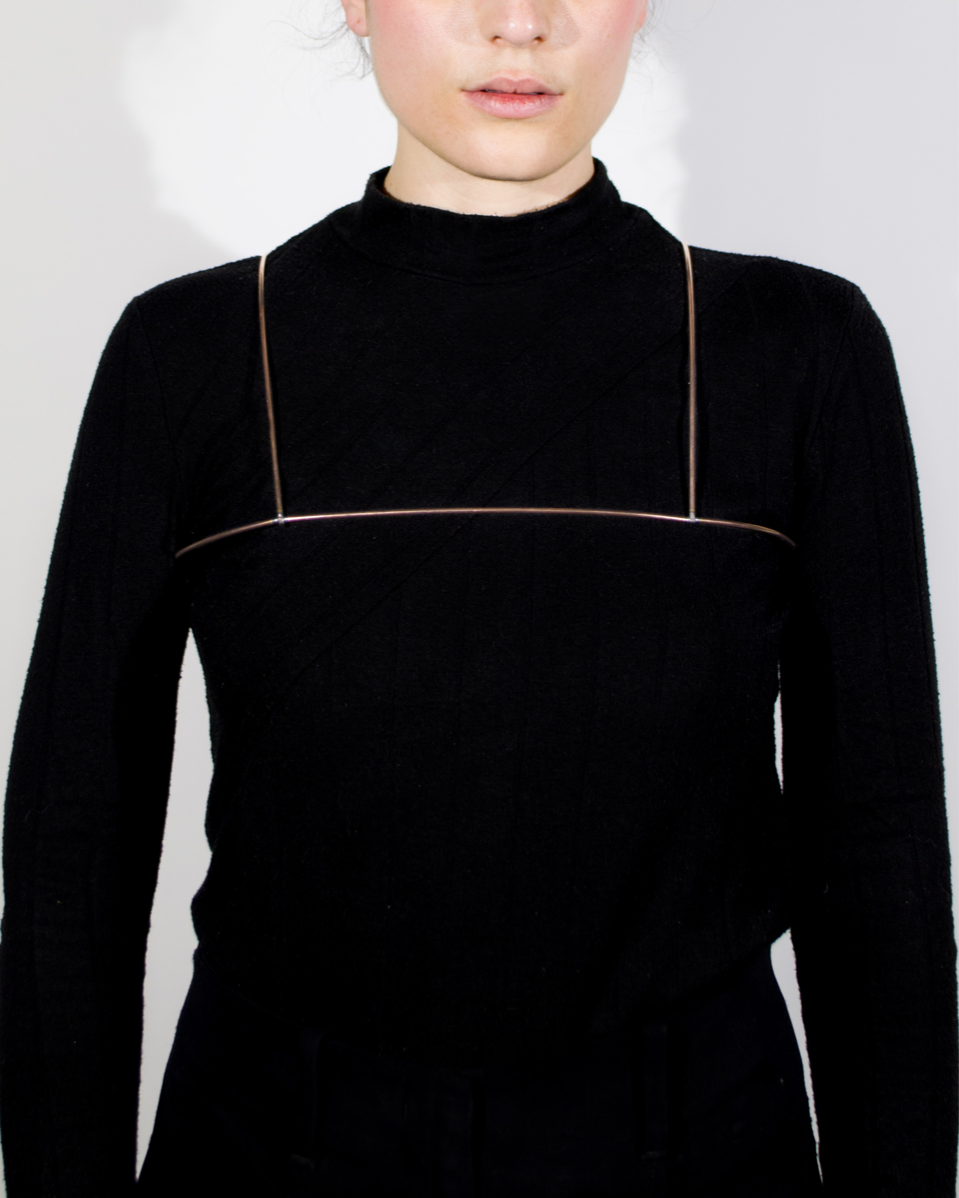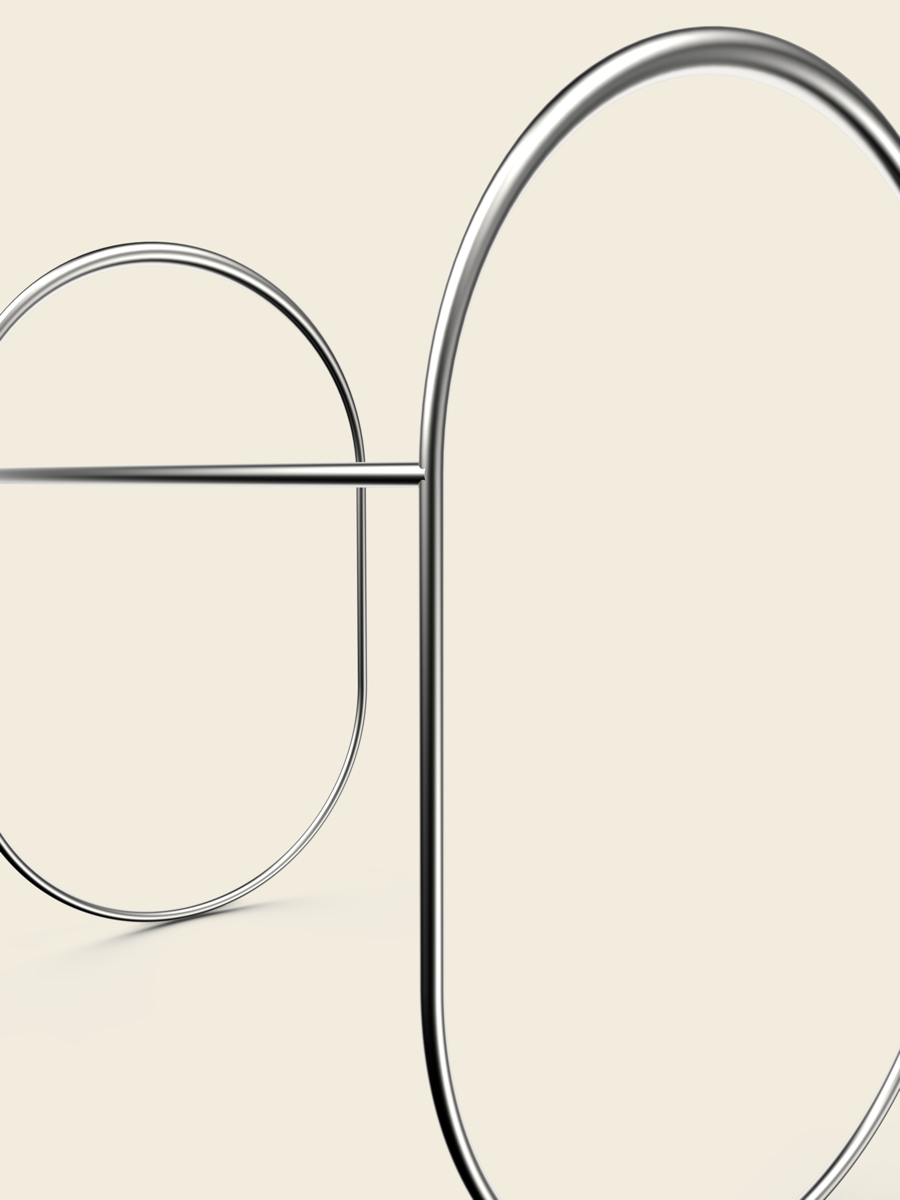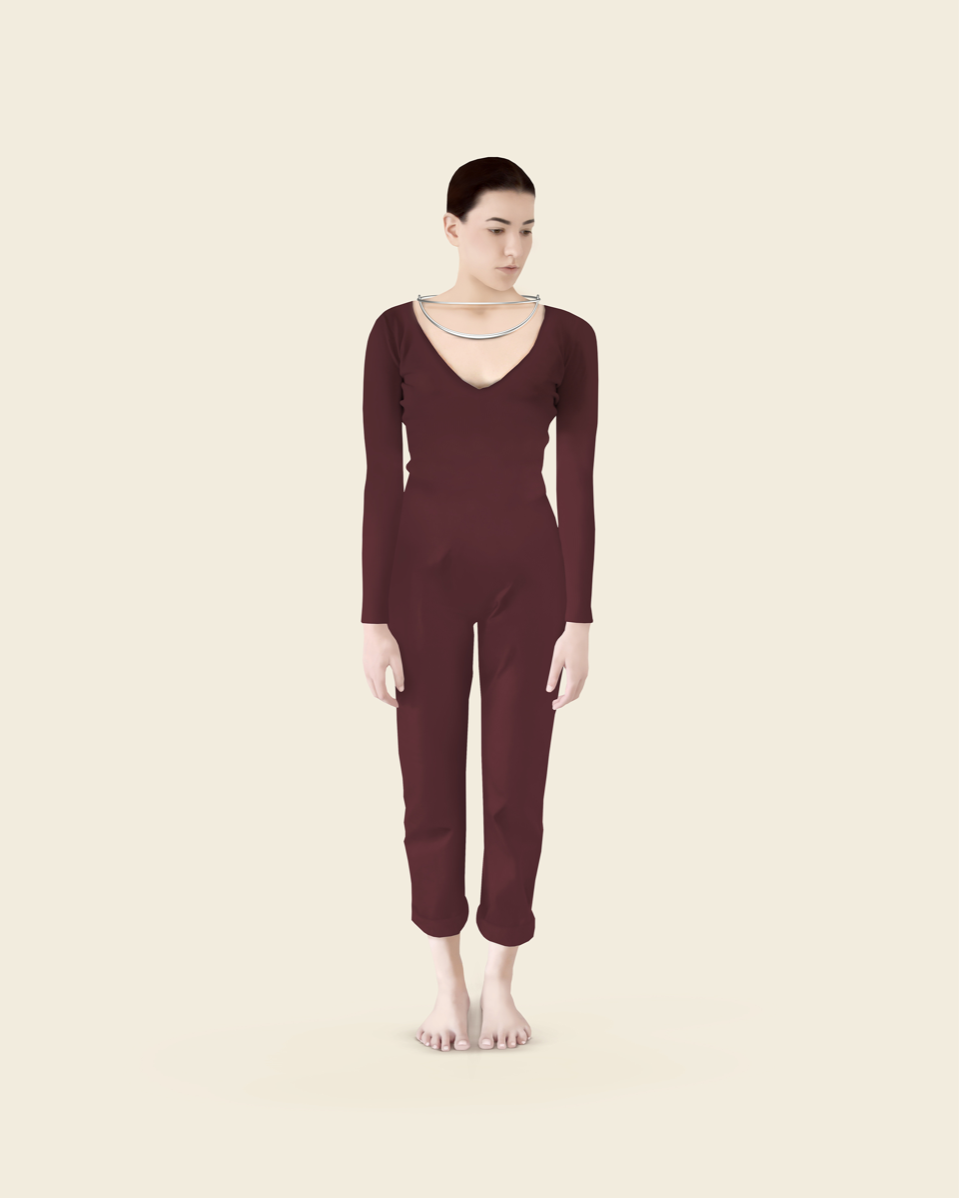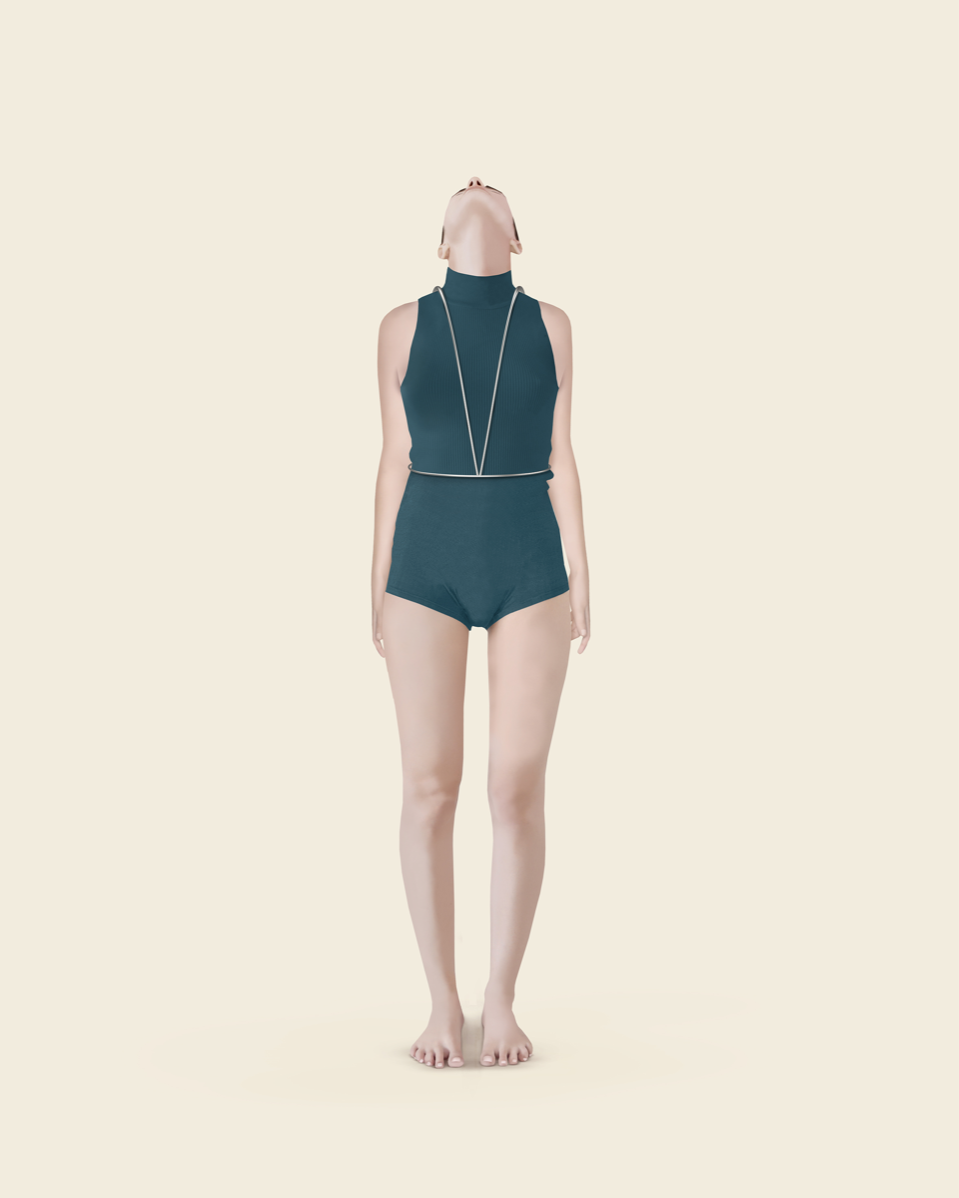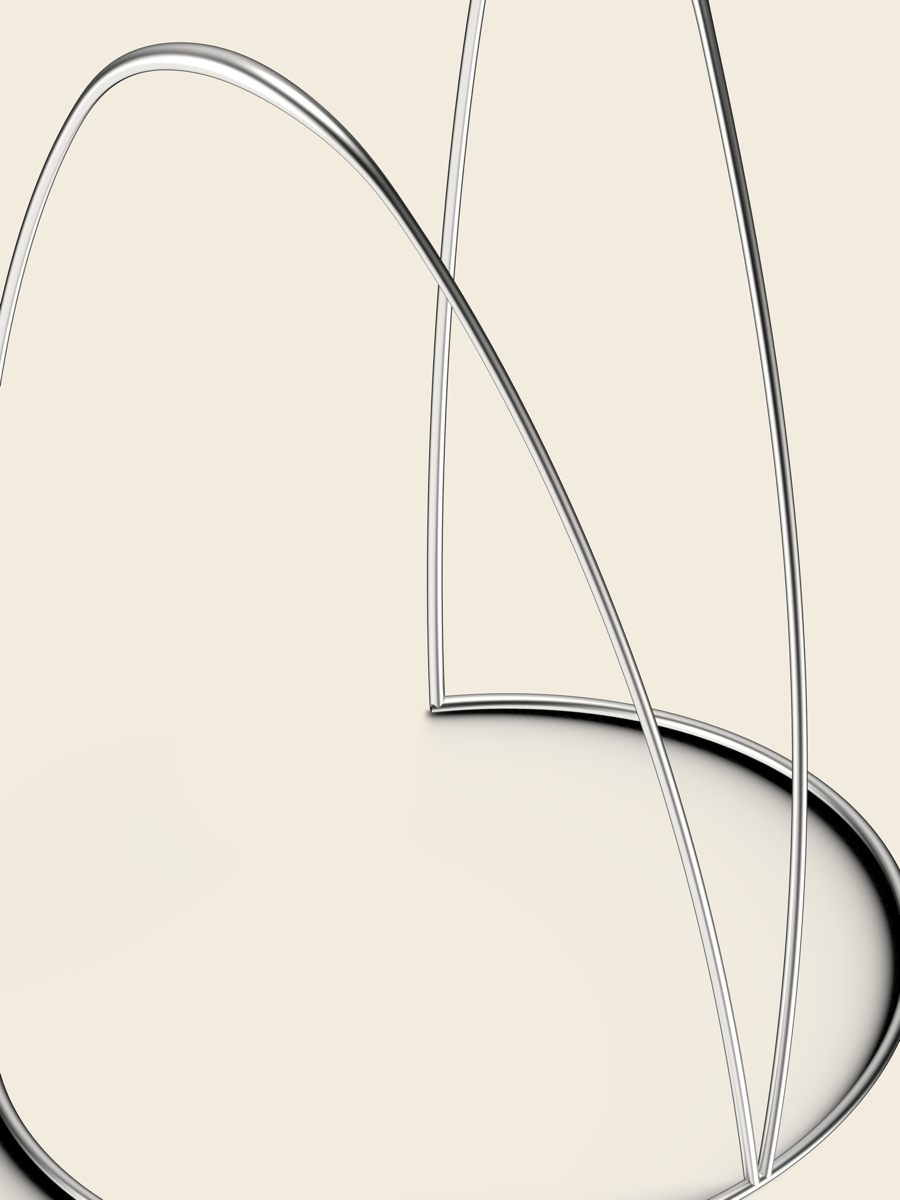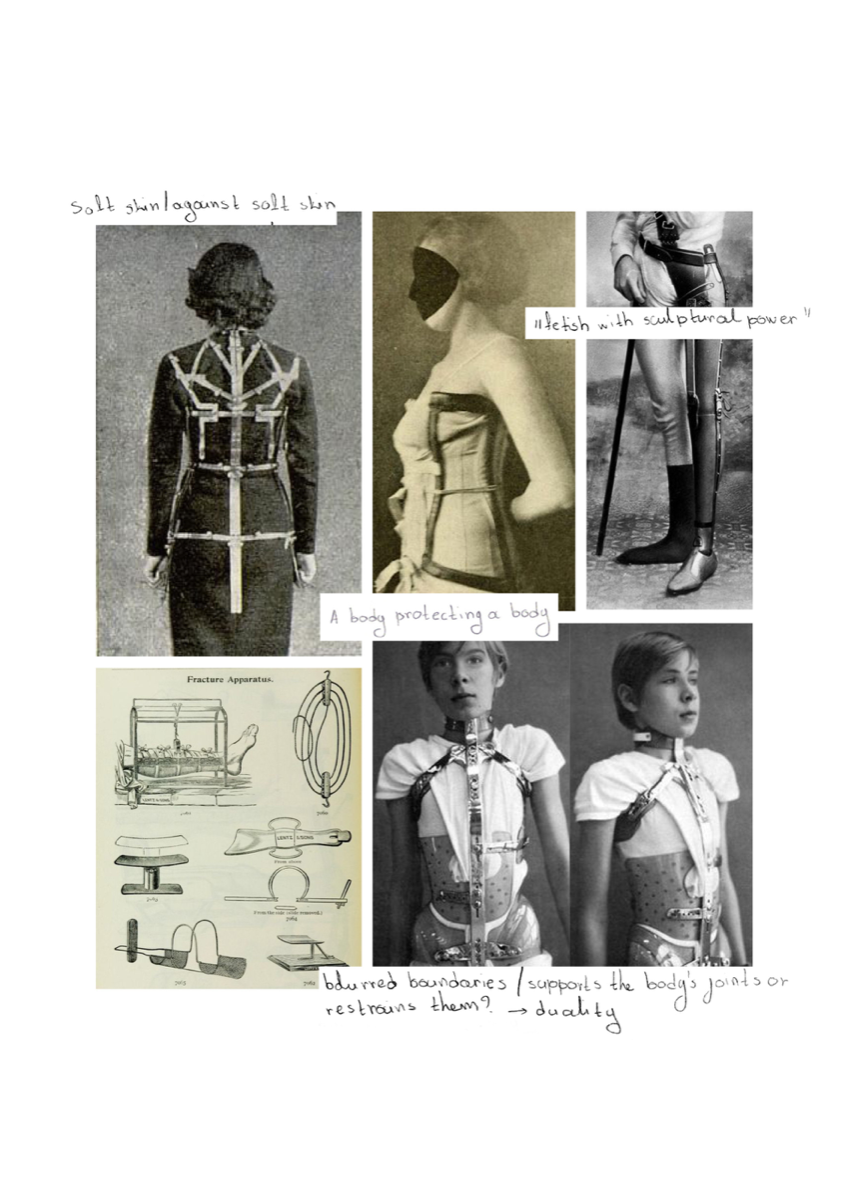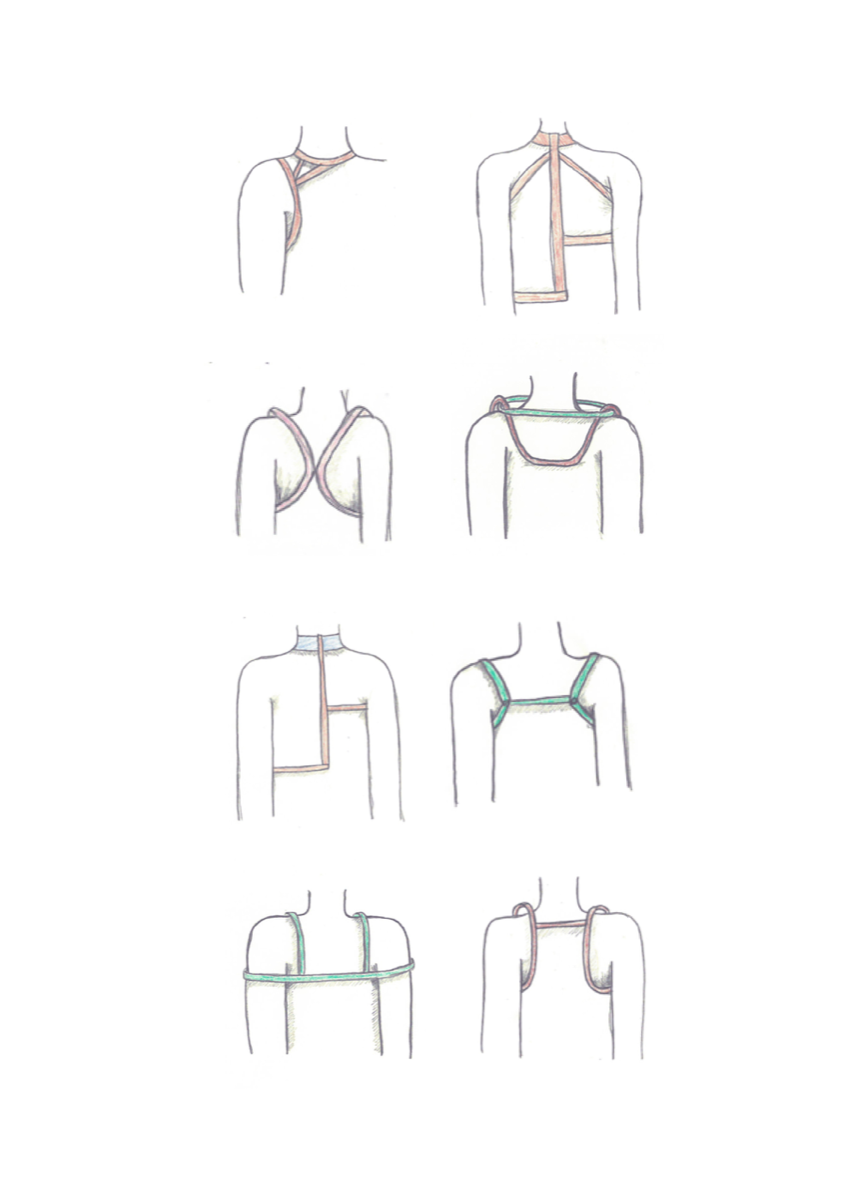haritini Gritzali
Master of Advanced Studies IN DESIGN FOR LUXURY & CRAFTSMANSHIP
ECAL University of Art and Design Lausanne
Graduates: 2023
Specialisms: Product Design / Interior Architecture / Furniture
My location: Athens, Greece
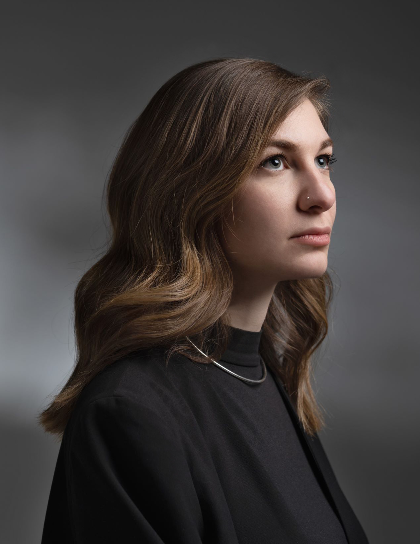

haritini Gritzali

First Name: haritini
Last Name: Gritzali
University / College: ECAL University of Art and Design Lausanne
Course / Program: Master of Advanced Studies IN DESIGN FOR LUXURY & CRAFTSMANSHIP
Graduates: 2023
Specialisms: Product Design / Interior Architecture / Furniture
My Location: Athens, Greece
Website: Click To See Website
About
Deriving inspiration from 20th century orthopedic braces, “Topology of a body” is a series of body jewellery that closely conform to the human anatomy and resemble the body’s structural elements. Each piece is composed by solid geometrical shapes and organic curves that are created with stainless steel or copper wire. The thickness of the wire is altered in a dynamic rythm, highlighting the morphology of the body. This metal structure that is carefully designed to enfold the human figure, ultimately takes a sculptural form. Just like orthopedic braces, the jewelry is constructed in a way that allows the body to move, whereas it seems to hold it in a state of constant stillness. This paradox eventually raises a question: do these objects enable the movement of the body or restrain it?
Competitions

